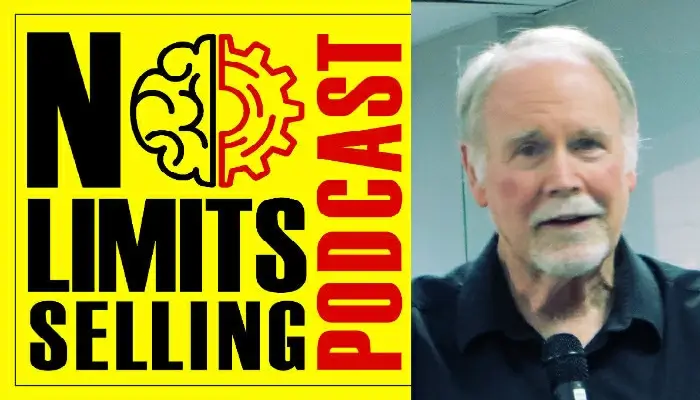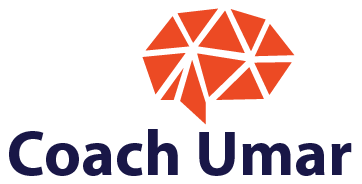Lead and Sell: Jim White's Transformation
Jim and I talk about neuroplasticity and the breakthroughs in neuroscience and how he incorporates them in his business of creating workshops and organizational events that support both personal growth and organizational transformation.
Jim worked in 18 countries as a Peace Corps Volunteer, an organizational consultant, corporate trainer, and leadership workshop facilitator.
Jim holds a master’s degree in “Transformational Leadership and Social Change” from Maryland University of Integrative Health, and consults regularly with the University of Maryland, Johns Hopkins University, NASA’s Goddard Space Flight Center, Customs and Border Protection and the Department of State in Ghana, West Africa.
He's currently co authoring “Life-Changing Workshops, a Guide to Designing, Leading and Facilitating Transformative Work.” and authoring “The Physics of Facilitation, the Art Craft and Science of Moving Group and Team Energy to Excellence”. Both books are based on his “Transformation Facilitator Workshops Series” at the Kripalu Center for Yoga and Health. This podcast is about the concept of transformational workshops.
Podcast Highlights:
- "I will" vs. "I want" in reaching our goals
- What is Emotional Contagion?
- Why you have that chatter in your head and what to do about it

Contact Jim:
- Website
[EDITOR’S NOTE: This podcast is sponsored by No Limits Selling. It is a fun, fast-paced podcast that delivers hard-fought business advice that you can implement today to improve your sales and performance]
Interested In Our Real Estate Coaching Services? Explore Our Website: Link
Feeling Not Well Today? You Can Use Our Mindset Boosters App To amp Up Your Mood: Link
Find us on Social Media:
LinkedIn | Facebook community | Instagram
Like what do you listen to? Subscribe to our podcast!
Ready to become fearless? We can help you become fearless in 60 days so you accomplish more in your career Schedule A 15 min Call with UmarSummary
Introduction and Background
The podcast begins with an introduction of Jim White, who is a co-facilitator at Life-Changing Workshops. He shares his background and how he transitioned from a career in corporate America to becoming a facilitator of transformational workshops. He explains that his journey began when he realized that he was not fulfilled in his corporate job and wanted to make a significant impact on people's lives.
Transformational Workshops
Jim White discusses the concept of transformational workshops. He explains that these workshops are designed to help individuals undergo personal growth and change. They are not just about imparting knowledge or skills, but about facilitating a deep, personal transformation that can lead to significant changes in one's life. He emphasizes that the goal of these workshops is to help participants discover their true potential and live a more fulfilling life.
The Role of a Facilitator
In this section, Jim White talks about the role of a facilitator in transformational workshops. He explains that a facilitator's job is not to teach or instruct, but to create a safe and supportive environment where participants can explore their thoughts and feelings. He also discusses the importance of empathy and active listening in facilitating transformational workshops.
Lead and Sell
Jim White shares some of the impacts that transformational workshops can have on individuals. He mentions that participants often experience increased self-awareness, improved relationships, and a greater sense of purpose. He also shares some success stories of individuals who have undergone significant changes after attending these workshops.
Challenges and Solutions
In this part of the podcast, Jim White discusses some of the challenges that facilitators may face when conducting transformational workshops. He also provides some solutions to these challenges, such as ensuring that participants feel safe and comfortable, managing group dynamics, and dealing with resistance to change.
Conclusion and Final Thoughts
The podcast concludes with Jim White sharing his final thoughts on transformational workshops. He reiterates the importance of these workshops in helping individuals discover their true potential and live a more fulfilling life. He also encourages listeners to consider attending a transformational workshop to experience the benefits for themselves.
Questions & Answers
Who is Jim White?
What is Post Acute Analytics?
What challenges does the healthcare industry face according to Jim White?
How does Jim White view the role of AI in healthcare?
What does Jim White believe is the future of healthcare?
How can Post Acute Analytics improve patient outcomes?
Don’t miss this opportunity to transform your real estate career with one-on-one coaching. As an experienced real estate coach, I, Umar Hameed, am dedicated to helping you unlock your full potential and achieve your real estate goals. To learn more about who am I and my clients ↓
If you’re ready to take the next step, book an appointment with me today and begin your journey toward success in the real estate industry.
